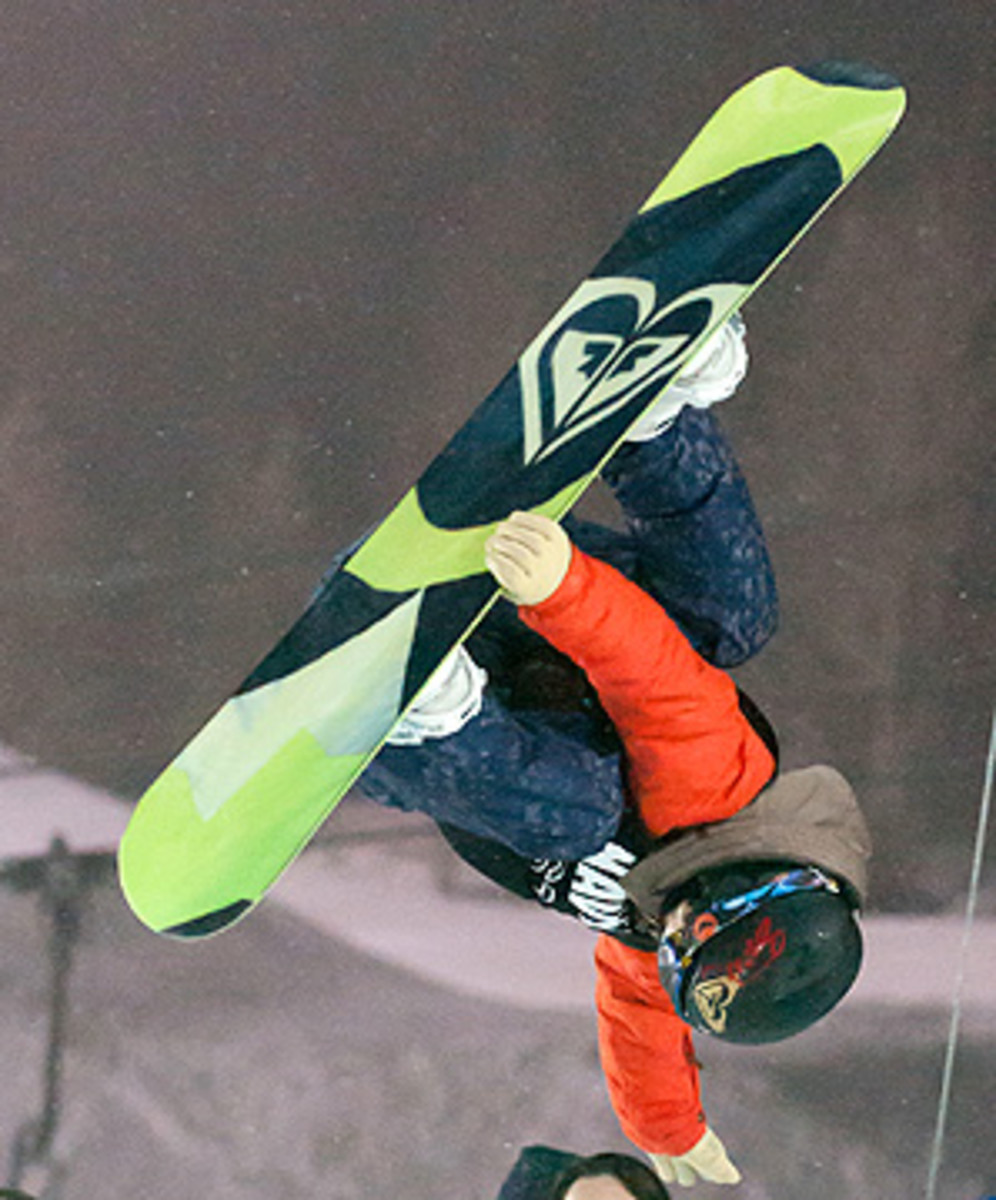Torah Bright free of concussion symptoms, looking towards Olympics

Australian snowboarder Torah Bright won bronze in slopestyle at the 2013 snowboarding world championships.
Paul Bussi/USA Today Sports
The day Australian snowboarder Torah Bright captured an Olympic gold medal in the halfpipe she had a pounding headache.
The next day, too. And the next, and the next.
Basically, this went on for almost two years, the result of three concussions leading up to the 2010 Vancouver Games. Any sort of physical activity - much less riding in the pipe - triggered intense headaches and instant fatigue.
Now, finally rid of those post-concussion symptoms, Bright is thinking big heading into the Sochi Games: Not only does she plan on defending her halfpipe title next winter, but she wants to compete in slopestyle - the newest Olympic sport - along with snowboardcross.
"It's been a while since I've felt like this - free of headaches," Bright said at the Winter X Games last month, where she finished fourth in the halfpipe. "Trying all three was actually something that came up last winter and I was like, 'Nah, nah, that's too much.' But this year I just said, `Why not?"'
It's an ambitious endeavor, for sure, simply because the disciplines are radically different. Well, maybe not halfpipe and slopestyle - those have some transferrable tricks - but snowboardcross is completely in another realm.
In that event, riders race down the hill and the first one to cross the finish line, wins. It's that simple and also that risky, because anything can happen along the way.
That's part of the appeal for Bright.
So is competing again, which is why she wants to stay busy.
First, though, she has to earn a spot in the field, especially in snowboardcross. So the 26-year-old is trying to accumulate enough International Ski Federation (FIS) points to become eligible. She's even attending races on the NorAm circuit - a minor-league system for up-and-comers - to make that happen.
"I'm standing in a boardercross race the other day next to 16-year-old girls and I'm suddenly feeling like a 16-year-old kid who loves snowboarding again," Bright said.
It hasn't taken her long to settle in, though, finishing second in an event last week.
"It's a different world and it's challenging," she said. "In halfpipe and slopestyle, it's your own world. There's so much chance in boardcross. It's kind of wild."
Coming into the Vancouver Games, Bright wasn't even sure if she would compete, especially on the day of the final. Her head throbbed, but she decided to give it a go. Nothing too outlandish, just a nice, smooth run and see what happened.
It was good enough for gold.
Soon after the Olympics, she was advised to take some time off from competition, just to give her more time to heal.
"I wanted to ride powder anyway," said Bright, who lives in Park City, Utah, but ventures back to Australia to visit family.
By taking it easy, her post-concussion symptoms gradually dissipated. By January of 2012, she was headache free again.
She's even had two bad wipeouts since and while she was sore from where she landed, the headaches didn't return.
Big sigh of relief.
For that, she credits this: Wearing protective padding that's fortified with military-grade Kevlar under her jacket. She also uses the material to line the inside of her helmet, just to keep her extra secure in the halfpipe.
"I guess it's impact-proof, because it works," Bright said. "I'm confident that I'm protected in every way I need to be able to succeed."
These days, she looks stylish in the pipe - and not just her cutting-edge tricks, either.
From helmet to boots, Bright is quite fashion-forward as she wears colorful clothes in eye-catching patterns that she had a hand in designing for her own clothing line through Roxy.
She scans through magazine after magazine searching for ideas and innovation, ripping out pages that catch her attention. Anything that can serve as an inspiration for her creations, like the indigo-colored insulated jacket with removable synthetic fur trim around the hood or the "morning rose" ski pants. She also designs goggles and hats.
"I love being able to dictate what I'll wear the next year, what fashion will be 'In' in the snow world," Bright said.
She's hoping to be "In" the running for another gold medal next winter. But it won't be easy, especially with Elena Hight hitting what snowboarders refer to as a "double alley-oop backside rodeo (essentially two backflips with a 180-degree rotation) for the first time in a competition at Winter X. Kelly Clark always seems to be in the running for a spot on the podium as well, along with Gretchen Bleiler and Hannah Teter.
Looking forward to defending her gold against a talented field?
"Yeah. Sure," Bright said, shrugging her shoulders. "Really, though, in my whole career, it's never been what I've gone out to do - to win gold or defend something.
"I'm taking it one day at a time and totally boarding. I'm going to shred and whatever will be, will be."





